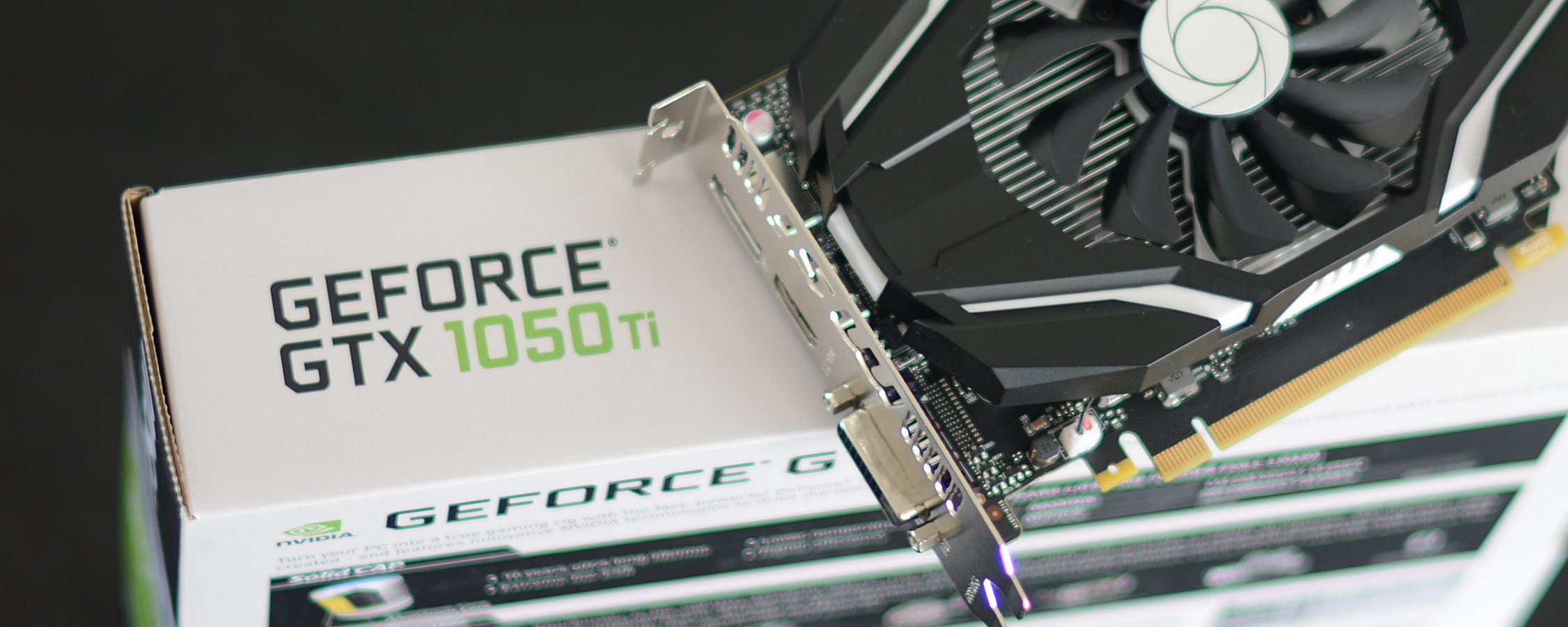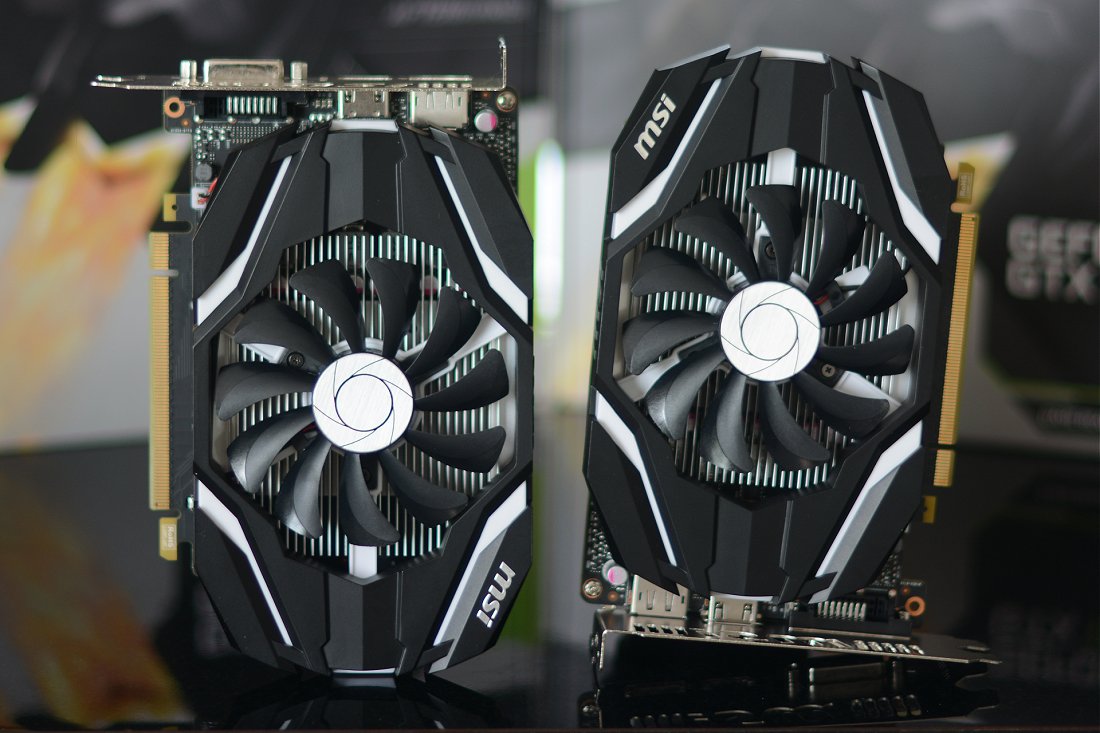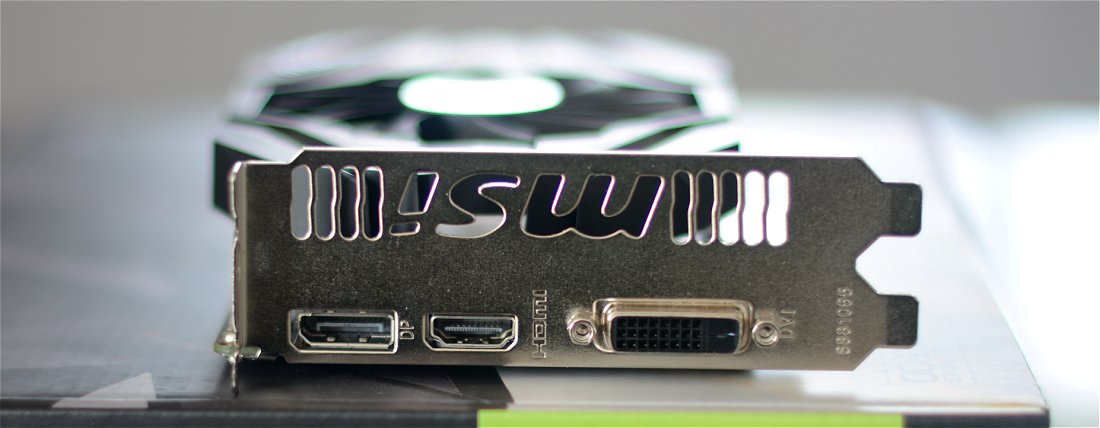Pascal is one of Nvidia's greatest achievements in the past decade. The company's latest GPU architecture took gaming performance to the next level with the GTX 1080 in May and then again with the Titan X only a few months later, though you'll need $600+ to get your Pascal party started with one of these flagships.
Gamers prepared to spend between $200 and $250 on a graphics card essentially have the GTX 1060 or its rival RX 480 to choose between (and both are fine options), while those with less cash have even fewer options, until now that is.
AMD's RX 460 2GB presented itself as the best choice for around $110 and not long ago you wouldn't have expected to find a Pascal card at this price point. With Nvidia's announcement of the GeForce GTX 1050 and GTX 1050 Ti last week, you can tell things are about to be shaken up when AMD anticipates its rival's launch with immediate pricing adjustments.
The Radeon RX 460 has promptly dropped from $110 to $100 while the 4GB model saw a more generous price cut taking it down to just $120. The RX 470 was also reduced to an awfully attractive $170. The fact that AMD was so quick to make these cuts tells us two things: they know what's coming and they know it's good.
It isn't often that we see Nvidia being so aggressive in the entry-level segment and historically they've seemed happy to let AMD take the hit on margins here.
Driving the GeForce GTX 1050 is the newly developed GP107, which packs 3.3 billion transistors in a tiny a 135mm2 die, enabling Nvidia to offer up to 768 CUDA cores operating at frequencies in excess of 1.4GHz. That's the same amount of CUDA cores found in the GTX 950, they are just operating much faster.
Instead of asking a slight price premium for the GTX 1050 series, much like what they did with the 1060 series, Nvidia has decided to price match AMD. The base model GTX 1050 will be coming in at just $110, while the beefed up 1050 Ti commands a $140 price tag.
These launch day prices should have budget-conscious gamers excited. The previous-generation GeForce 900 series offered the 950 at an initial MSRP of $160, while the 750 Ti began life at $150. Given the specifications and expected performance, we never imagined the 1050 Ti would sell for anything less than $150, at least initially anyway.
On hand for testing we have a pair of MSI cards known as the GTX 1050 2G OC and GTX 1050 Ti 4G OC. Both are essentially the same product with the exception of the GPU and memory configuration (granted, that's a rather big exception). Anyway let's check them out...
MSI Does GP107 Without the Frills
Before we dive into the details of MSI's cards, let's cover the GTX 1050 and 1050 Ti's specs to see how they differ from one another as well as AMD's nearest rivals.
| GTX 1050 | GTX 1050 Ti | RX 460 | RX 470 | |
|---|---|---|---|---|
| Launch Date | Oct 25, 2016 | Oct 25, 2016 | 8 Aug, 2016 | 8 Aug, 2016 |
| Code name | GP107 | GP107 | Polaris 11 | Polaris 10 |
| Fab | 14nm | 14nm | 14nm | 14nm |
| Transistors | 3.3 billion | 3.3 billion | 3.0 billion | 5.7 billion |
| Die size | 135 mm2 | 135 mm2 | 123 mm2 | 232 mm2 |
| Core config | 640:40:32 | 768:48:32 | 896:56:16 | 2048:128:32 |
| Base core clock | 1354 MHz | 1290 MHz | 1090 MHz | 926 MHz |
| Boost core clock | 1455 MHz | 1392 MHz | 1200 MHz | 1206 MHz |
| Memory clock | 1750 MHz | 1750 MHz | 1750 MHz | 1650 MHz |
| Bandwidth | 112 GB/s | 112 GB/s | 112 GB/s | 211 GB/s |
| Bus type | GDDR5 | GDDR5 | GDDR5 | GDDR5 |
| Bus width | 128-bit | 128-bit | 128-bit | 256-bit |
| TDP/TBP | 75 watt TDP | 75 watt TDP | <75 watt TBP | 120 watt TBP |
| MSRP | $109 | $139 | $109 (2GB) $139 (4GB) |
$179 Now $169 |
Eagle-eyed readers might have spotted the fact that the GeForce GTX 1050 series has been listed as a 14nm part rather than 16nm like the rest of the Pascal line-up. This isn't a typo, although Nvidia hasn't given any info about this and didn't really even mention that they had indeed moved to the 14nm process for this series. It's believed that Samsung has been used to create the 1050 series while TSMC's 16nm process is used for the 1060, 1070, 1080 and Titan X.
The other key thing to note here is that the 1050 Ti boasts 20% more CUDA cores than the vanilla 1050. Besides that, the only other significant difference is the VRAM buffer as the 1050 comes loaded with just 2GB of memory by default while the 1050 Ti is equipped with 4GB. Regardless of capacity, all 1050 series graphics cards will operate their GDDR5 memory at 1750MHz.
There is also a slight variation in core operating frequencies, though given how GPU Boost 3.0 works we don't expect this to have a noticeable impact on performance. Additionally, we expect both GPUs to have similar overclocking headroom.
As there is no Founders Edition version of the GTX 1050, we don't really have a reference to go off. For the base models, MSI has created a 150mm long PCB though the total length of the card has been extended to 177mm thanks to an unnecessarily long plastic fan shroud.
The cooler features a single 80mm fan which pushes air over a plain looking aluminum heatsink. Forget about heatpipes or copper bases, this little all-aluminium heatsink measures just 95mm long, 90mm tall, 18mm thick and tips the scales at just 118 grams. The cooler is comically small for a gaming graphics card but with a TDP rating of just 75 watts we suspect it's all you need.
Speaking of power, neither model requires an external 6-pin PCIe connector and MSI hasn't felt the need to include one which is great. This makes upgrading rickety old rigs a breeze as neither card will put dodgy power supplies at risk of imploding, at least no more risk than they were already at. They have also stuck with a basic 3+1 power phase design, though this should be more than enough to keep these little graphics cards happy.
As these are the OC (overclocked) models, MSI has bumped up the core clock speeds ever so slightly. The base clock for the 1050 has been boosted by just 3.7% to 1404MHz while the 1050 Ti has been increased by 3.9% to 1341MHz. At most this will help squeeze an extra frame or two out of the stock speeds.
On the I/O portion of the card, MSI has included a DisplayPort 1.4 connector, HDMI 2.0 and Dual-Link DVI output on both models. These outputs should have most users well covered and all three can be used simultaneously if need be.




